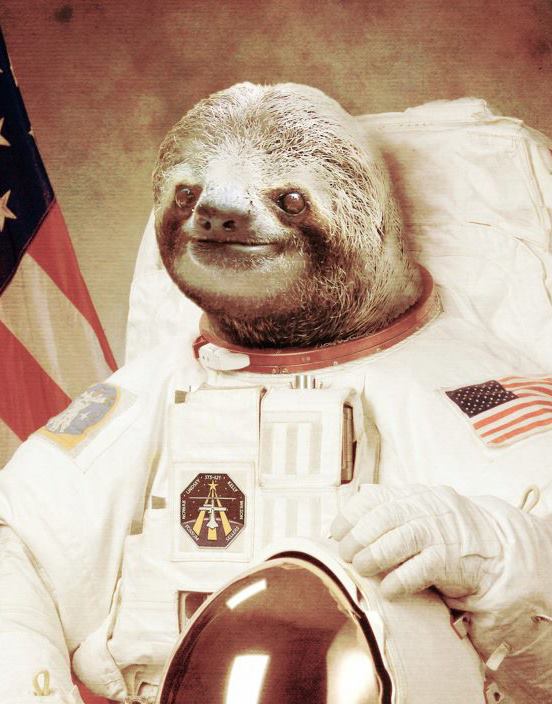Since we know that it isn’t constant with time, how can we be sure that it is constant with space? This might be a reason the variability in our measurements which seem to disagree.
Put another way, why couldn’t the universe expand in one direction preferentially compared to another?
The Hubble constant is an interesting one – it isn’t actually a constant, but if you reframe it as a partial differential equation, the law is very predictable. https://en.wikipedia.org/wiki/Hubble’s_law#Time-dependence_of_Hubble_parameter – so in many ways, it’s just a misnamed phenomenon, and shouldn’t be called a constant at all.
Any place in the universe beyond which we’ve directly sent probes – is assumed to be like those parts we already know. Part of the reason we make this assumption is that: main sequence stars appear to behave identically across vast reaches of space and time. Thus we assume that physics hasn’t changed significantly (at least within the period of time where main sequence stars exist). Because if the physics was different, the stars would be different (spectra, lifecycles, etc.).
I’ll present a tickler I learned in cosmology decades ago, for hand-waving.
Run the big bang backwards – imagine all of the matter and energy of the universe collapsing to a single point. Which point is at the centre? They all are. Run time forwards again and all the points expand outwards from each other, but which point was at the centre that you can use to reference the centre of the universe against? They all were. Thus, I am the centre of the universe. And so are you ;)
This made my brain melt until I learned to visualize this using lower dimensional surfaces (like Riemann spheres). Imagine a beach ball being inflated. It is a two dimensional surface. You’re an ant on the beach ball and all the other points are getting further away, but it’s happening in a uniform way. (The Hubble parameter is something like the rate at which air is added to the beach ball.) Now, run this beach ball backwards through time – it shrinks and shrinks until it becomes a single point, where all points overlap – every point is the centre of the beach ball universe. Run this forward in time again and ask: which point on the surface of the beach ball is the centre of this two-dimensional universe? And the answer is “all of them” and the universe should be uniform in its expansion properties.
It might not be, but that’s the idea.
You can actually run your demonstration, literally in front of your own eyes, using a balloon and drawing some dots on it.
We’d see that in the redshift: one direction would be more redshifted than another. Instead, we see all points in space moving away from all other points (except points mutually within gravitationally bound systems), and the rate of expansion between two points (recessional velocity) is directly proportional to the distance between them: the more distance, the faster they expand.
Edit: To answer the question in the title: Strictly, we don’t. We know, as you pointed out, that our measurements don’t agree. We also have good evidence that the rate of expansion was different in the past (much, much faster) in the early universe.
That makes sense, but how would we then be able to distinguish how much of the redshift is due to the metric expansion of space and how much is due to their velocity vector component in that direction?
Inflation is supposed to explain this: It could provide the initial impulse to kickstart the velocities. I think the general idea is that the fact that everything is moving away from each other to begin with is explained by inflation, and the fact that this expansion is accelerating is explained by dark energy. Take all this with a grain of salt, here we approach the limits of my tenuous understanding, but what I do understand is that none of this is experimentally verified: No “inflaton” has been found, or any other mechanism to otherwise explain inflation theory has ever been produced such that we could test it, and no working model of dark energy has ever been produced (to my limited knowledge) that we could test or detect.
Tl;dr: I’m pretty sure it’s untestable anyway, we basically will never know during our lifetime short of some breakthrough in physics.
Right, but the velocity component would still be present in some form due to the gravitational attraction between bodies. I don’t know how significant this would be compared to the redshift value from the initial kick from inflation, or if it is possible to separate the two components somehow.
Gravitational attraction is not a relevant factor on the largest scales where dark energy takes over. To be more precise, it’s possible to measure the effects, and to describe a specific distance limit between two bodies where they can no longer become gravitationally bound and are doomed to eventually expand out of each others’ event horizons. That limit is the precise boundary between gravitational dominance and DE dominance.
To be specific, literally everything outside of the Virgo Supercluster (home to Andromeda and Milky Way among others) is outside of this limit, and will eventually become impossible to detect because the light between us and them isn’t moving as fast as the rate of expansion between us and them. Everything within the supercluster is gravitationally bound, and will eventually (iirc, grain of salt on this one) form a supergalaxy.
Wow. So it’s like that adage. However big you think space is, it’s much bigger than that.
It’s hard to fathom scales at which being gravitationally bound is insignificant relative to those type of effects.
So, this just popped. https://www.livescience.com/space/cosmology/james-webb-telescope-confirms-there-is-something-seriously-wrong-with-our-understanding-of-the-universe which may be relevant. Haven’t read it yet.



